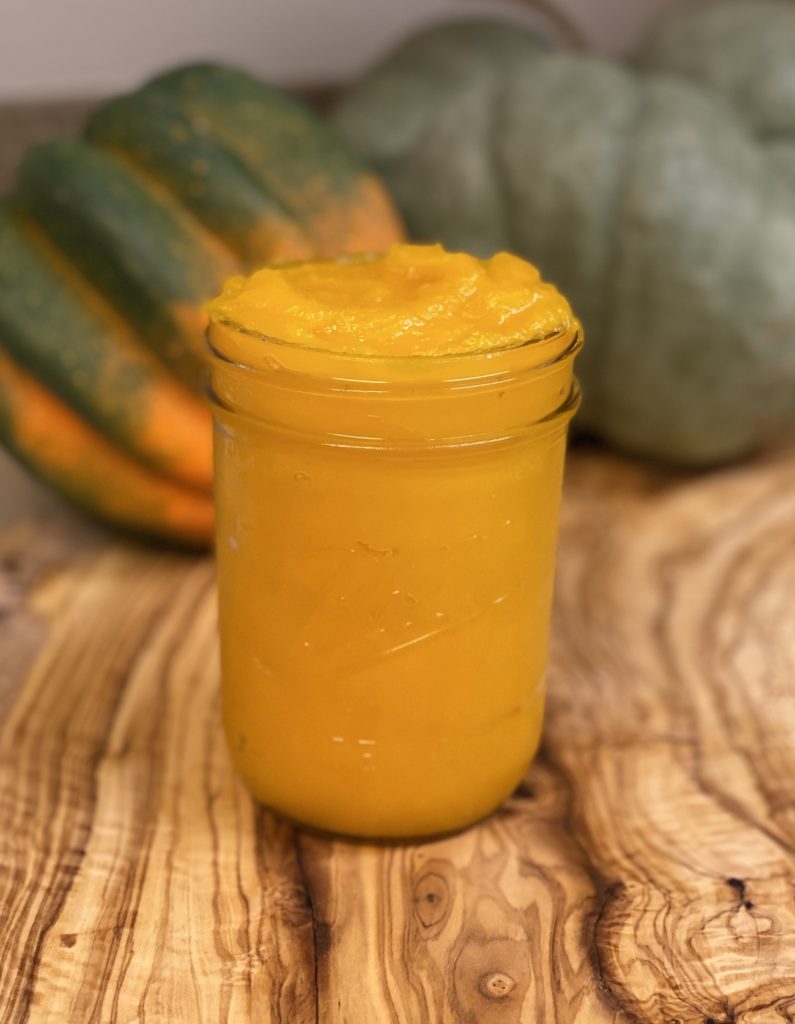
This post contains affiliate links. As an Amazon Associate I earn from qualifying purchases. This means if you make a purchase from a link on my site, I may earn a commission at no extra cost to you. I will never recommend a product or service that I do not personally use or like.
To wind up my series of tips for cooking your way through your fall and winter CSA basket (for now anyway), I would be remiss if I didn’t introduce the endless potential of baking with vegetables. Most of us have likely had a slice of pumpkin pie or carrot cake. But lots of fall veggies are particularly well suited to sneaking inside cakes, muffins, quick breads, brownies, and cookies. All squashes, carrots, parsnips, beets, and even cauliflower and greens can add a serious health boost and flavor to your winter baking.
The "Rules" for Baking with Vegetables
I wish I had an easy un-recipe for this concept, but baking is of course science, which means there are some rules to contend with. However, what we can rely on are some basic ratios and substitution guidelines.
You will often see (and may have used) applesauce as a vegetable oil replacement in baking. But many other fruit and vegetable purées can also be good substitutions for fat.
The general guideline is 1:1, as in one cup oil = one cup fruit/veggie purée.
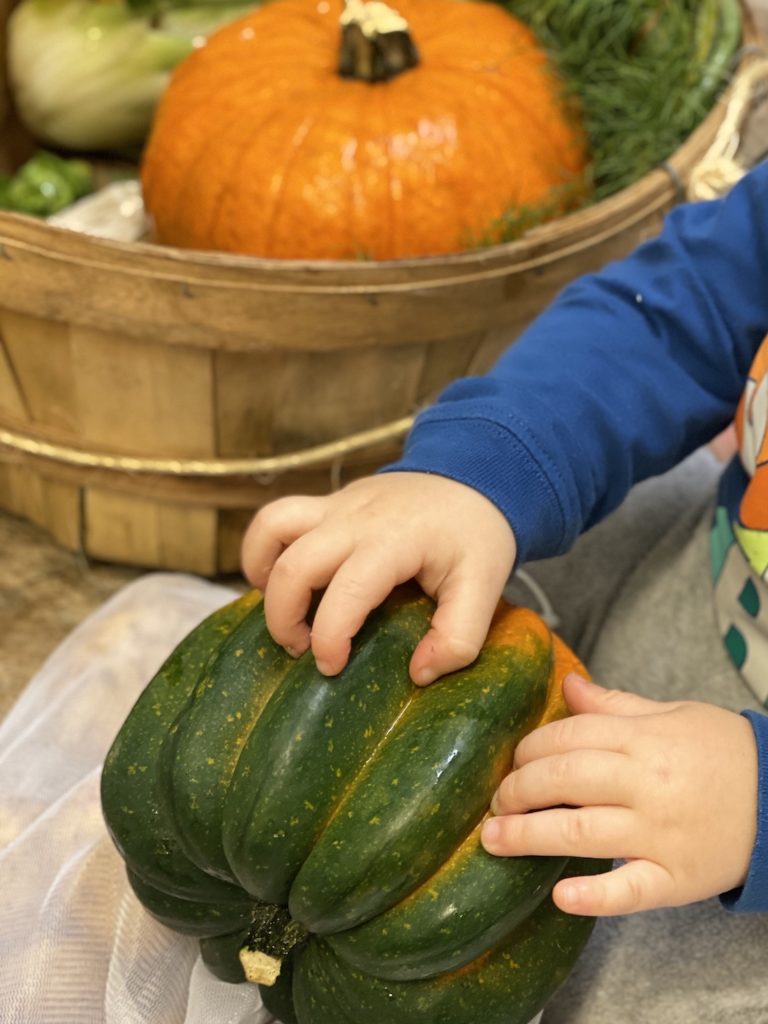
Pumpkin and Friends
Alright, let’s start with pumpkin. It’s a vegetable, well ok, it is technically a fruit, but folks are not afraid to see it in desserts. So it is a great place to start baking with vegetables. Instead of “pumpkin” let’s just say winter squash. As a matter of fact, when you buy canned pumpkin purée it isn’t usually strictly “pumpkin” inside! It’s a blend of winter squashes but they are so closely related that the USDA doesn’t regulate it very strictly. (source) So let’s open up the category.
Always in place of pumpkin purée you can substitute any of it’s cousins 1:1. Butternut, acorn, whatever. And also sweet potatoes!
Like I said, pumpkin is often used in baked goods as a fat replacement. Generally speaking, it’s a 1:1 ratio for oil and ¾:1 for butter. (Meaning use ¾ cup squash in place of 1 cup butter.)
Also, pumpkin (and friends) behaves exactly like applesauce in baking! So feel free to swap these out 1:1 also. (source)
What about jack o’lantern pumpkins? Weeeeell, they aren’t very tasty. These squash have stringy/watery flesh and aren’t particularly well suited for eating at all, much less baking. So while you CAN eat them, they are probably best left on your porch.
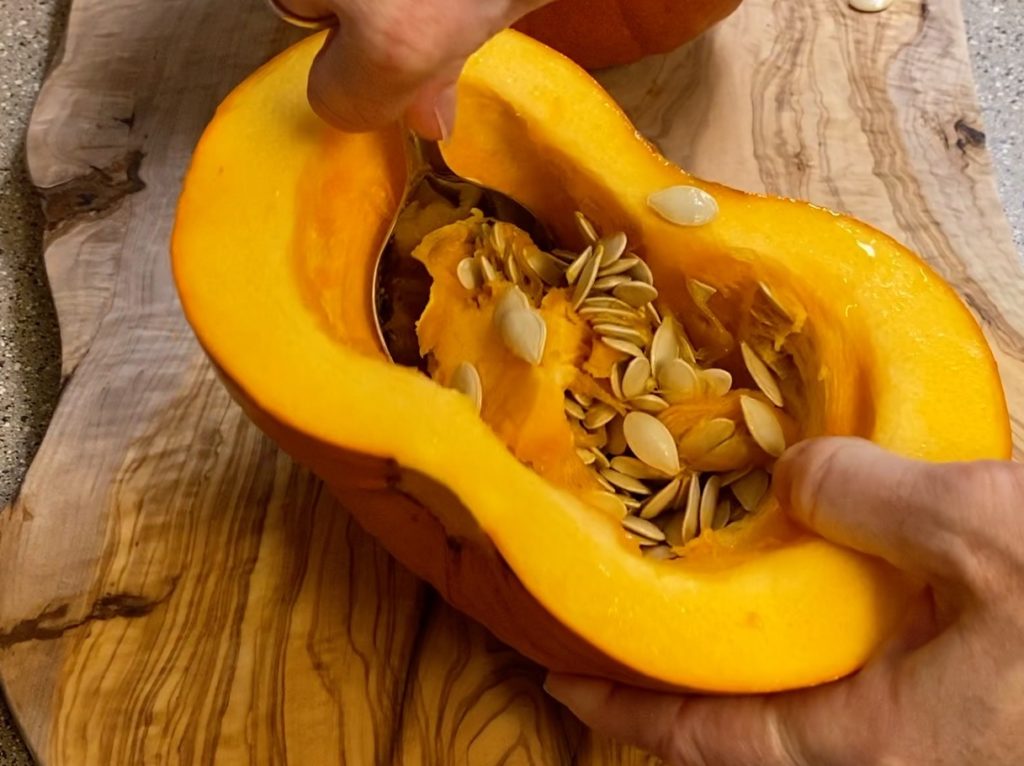
How to Make Pumpkin Purée
I think the easiest way to make squash purée is to slice that sucker in half, scoop out the guts and, and sprinkle it with a little salt. Bake at 400° F, cut side down, for about 45 minutes to an hour depending on the size of your squash. When the flesh is tender and easily pierced with a fork, allow it to cool enough to handle. Then, simply scoop out the tender flesh and plop it in a food processor or high powered blender. (For a printable recipe card, scroll to the bottom of this post.)
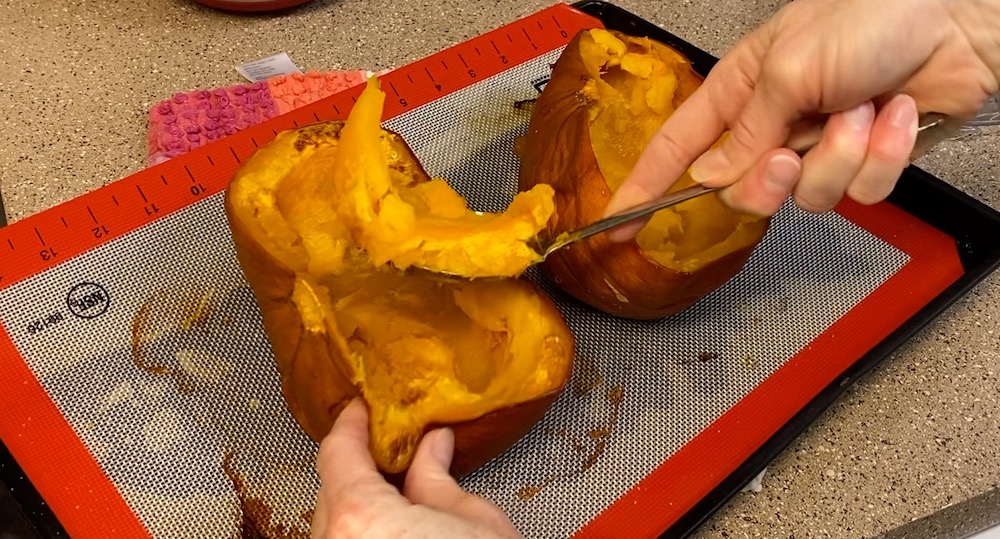
The water content of different squashes can vary a bit. If the puree seems very watery, you can strain a little liquid out with cheesecloth or a fine mesh sieve. And if it seems uber thick, maybe add a tablespoon or two of water to thin it out.
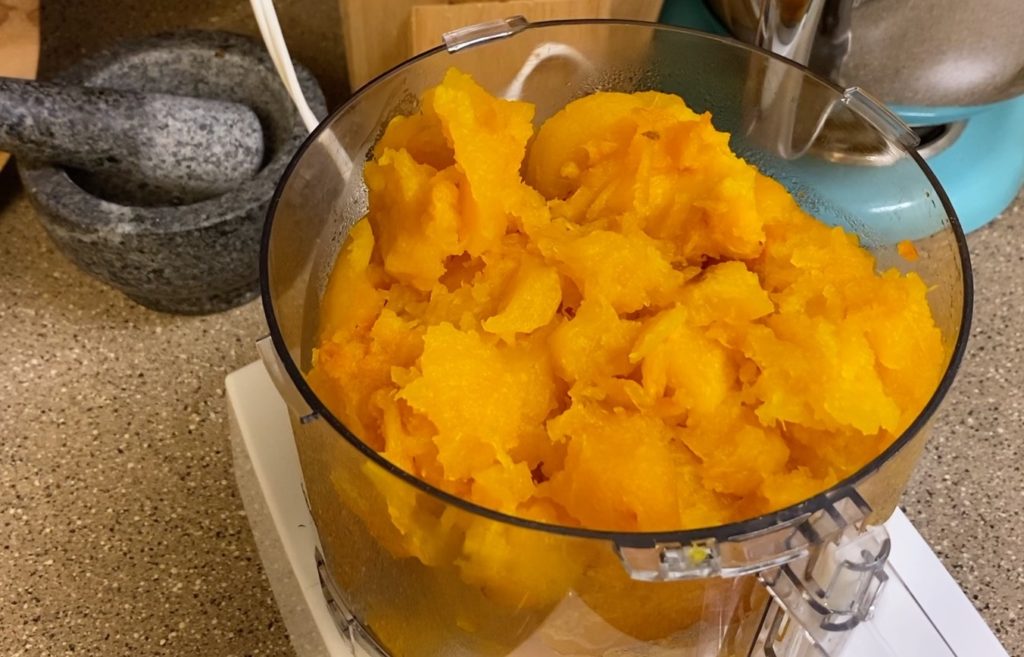
I have tried making pumpkin purée several different ways and this is my favorite. This method is how Alton Brown does it, and I think it’s the best for flavor and ease of execution. No peeling, no fuss. Plus you get all that delicious complex caramelized flavor from the roasting! Check out my video tutorial for more information about what this looks like.
Canned pumpkin purée can be a bit pricey, and this frugal trick will save you some cash, packaging waste, and a trip to the store, especially if you are in love with all things pumpkin spice. This purée freezes exceptionally well so you can just pull it out whenever the craving strikes. (It’s also handy for soups and sauces!)
Baking with Beets
Now let’s get a little bolder with our adventures in baking with vegetables. I don’t need to tell you that beets are a bit earthy, which is why you will often see them paired with chocolate in recipes. The sweetness plays really well with the flavor of the beets and they create an interesting balance. Beet brownies and chocolate cakes are a particularly easy and delicious way to use up extra beets you may have lingering in the back of your crisper. Beets are a little harder to hide than some other veggies because, well, they make everything PINK! But, I’m gonna guess that with a certain subset of eaters, this may well be a selling point.
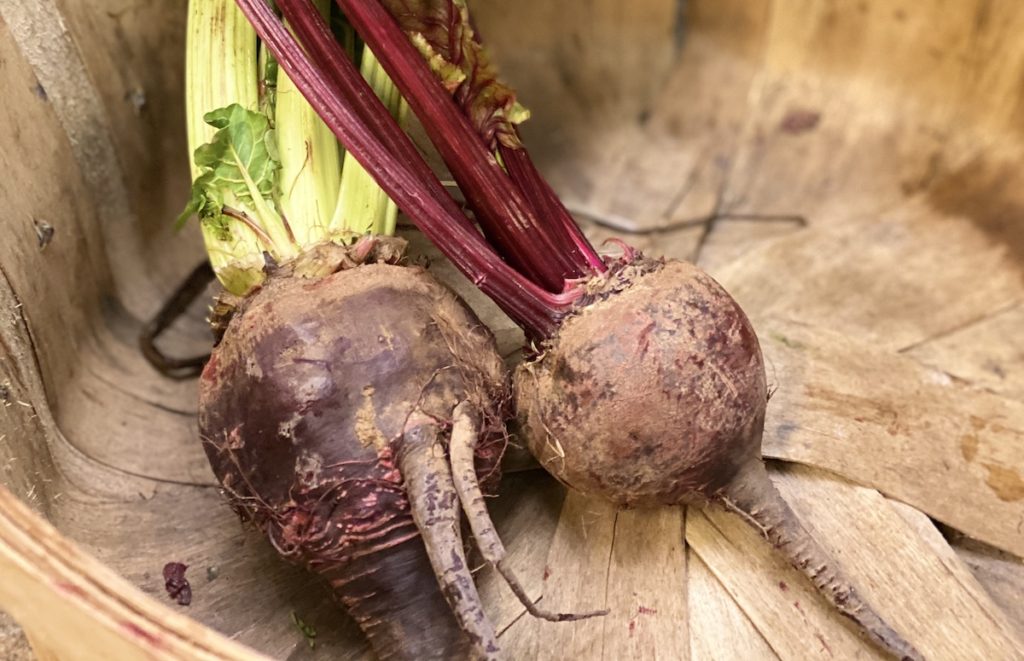
Theoretically, cooked beet purée could also replace vegetable oil in a recipe. Because their flavor could be a little overpowering, I would start by replacing half of the fat in the recipe and using oil for the rest. For example, if 1 cup of vegetable oil was required, you could use ½ cup beets and ½ cup vegetable oil of choice.
I like to roast a big batch of beets when I get them in my CSA basket. That way if I don’t use them up for dinner, they are ready to toss into a bullet blender or food processor for a quick purée. Again, you can always pop the purée in a freezer safe jar or baggie for later use! A quick search will yield more beet goodies than you could bake in a lifetime, but here is a diverse collection to get your wheels spinning and your sweet tooth aching.
Carrots and Parsnips
While you are likely familiar with carrot cake, the possibilities for this kitchen powerplayer are much broader. The internet is teeming with recipes for quick breads, muffins, and cookies that incorporate shredded raw carrots. Their flavor also pairs well with apples, pumpkin, and zucchini (which maybe you stored away in your freezer). Play around with flavor combinations. While you’re at it, try swapping out some or all of the grated carrot in your recipe for it’s cousin the parsnip! Here is a great list of carrot recipes to get your brain going.
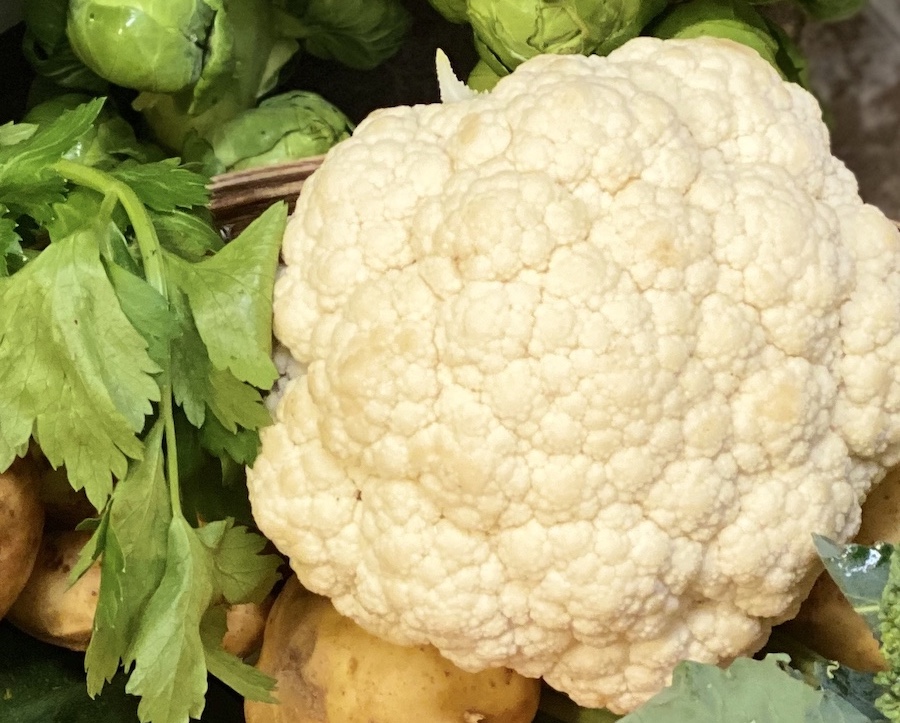
Cauliflower, Kale, and Beyond
Before digging into ideas for baking with vegetables, I had not thought of using cauliflower! While I haven’t yet tried this myself, I am definitely going to add it to the queue! Folks say cooked cauliflower purée takes on the flavors of whatever it is baked with. I will report back… For even more ideas and some further reading, I also came across a fascinating blog with tons of delicious ideas called Veggie Desserts. Spinach, kale, peas, all fair game.
So let’s eat (beet) cake, friends. What’s your favorite way to hide vegetables in dessert? I’d love to hear about it! Happy baking.
How to Make Pumpkin and Squash Purée
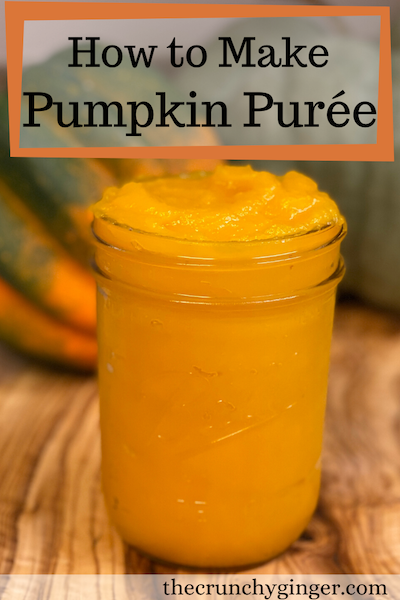
Ingredients
- pie pumpkin or other winter squash
- pinch of sea salt
Instructions
- Wash whole pie pumpkin or other winter squash. Remove stem and slice in half across the stem end.
- Scoop out seeds and strings and sprinkle the cut side with a pinch of sea salt.
- Place cut side down on a baking sheet lined with a silicone baking mat or parchment paper.
- Bake at 400° F for 45-60 minutes until the flesh is very tender and the skin begins to crack and deflate.
- Allow pumpkin to cool enough to handle, about 30 minutes or so, and then scoop the flesh into the bowl of a food processor or a high powered blender. Process until purée is a smooth, even consistency.
- If the purée is a little watery, strain in a cheese cloth or fine mesh sieve. If it is a little dry, add a tablespoon or two of water to thin out.
- Store in the fridge for up to a week or in the freezer for 6 months or so.
Notes
Adapted from Alton Brown’s method.
I throw spanich into most soups and lots of other one pot cooking
Such a great way to add a big boost to just about anything! Have you ever tried it in a dessert!?